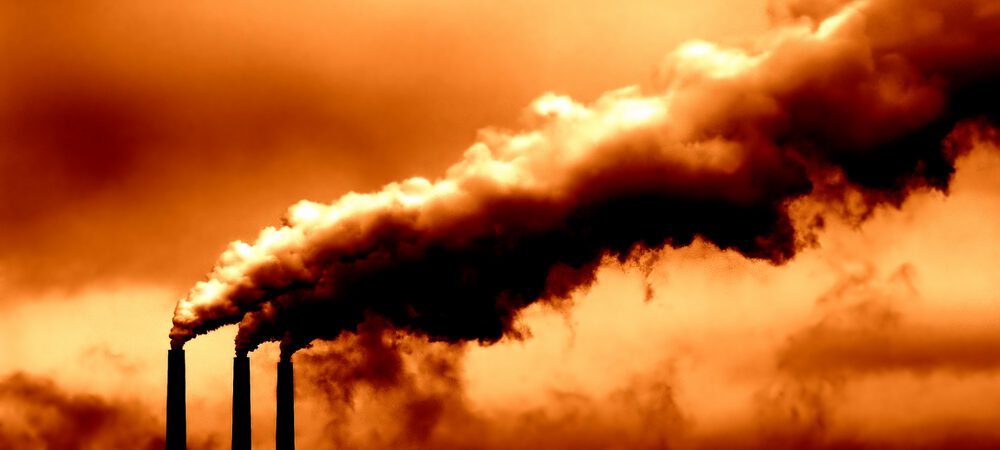Each of the three BAMs discussed in this report share two common goals. The first goal is to protect the competitiveness of domestic industries engaged in international trade while they take actions to reduce their emissions. The environmental justification for protecting domestic competitiveness is the risk of carbon leakage, where domestic climate policies might induce a shift in emissions to other regions, thus undercutting the effectiveness of the policy. While actions to mitigate the risk of carbon leakage can also support competitiveness, and vice versa, they do not necessarily do so equally in all cases. The second goal is to incentivize trading partners with less ambitious climate goals to increase their ambition and thereby retain access to the markets of high-ambition countries. Each BAM has one or more additional complementary goals. For example, a complementary goal can be pairing a BAM with a new decarbonization regulatory program.
EU CBAM
The EU CBAM is designed to work hand in glove with the EU Emissions Trading System (ETS), a carbon pricing workhorse policy for the decarbonization of EU industry and of the European Union in general. In addition, the EU CBAM incentivizes other trading nations to adopt carbon pricing as a foundational decarbonization policy tool.
CCA
The CCA is also a BAM designed to work seamlessly with a domestic regulatory program intended to reduce greenhouse gas (GHG) emissions from the industrial sector. The CCA introduces a performance standard to achieve the reductions desired within the industrial sector. The performance standard within the CAA is defined as tons of GHGs per ton of product. Producers with a GHG intensity above the benchmark pay a fee while producers below the benchmark pay no fee. To ensure a rapid decline in GHG intensity over time, the benchmark declines year over year and the fee increases year over year. Revenues from fees are used to further incentivize investments in low-carbon technologies and other activities designed to reduce industrial emissions.
FPFA
A key distinction of the FPFA from the other two approaches is that the FPFA does not include a regulatory program to reduce industrial emissions. This is in line with the FPFA’s objective to reduce the importation of embodied GHGs within US trade flows rather than focus on further reductions in emissions from domestic sources.
Takeaways
The EU CBAM entering into force in October 2023 is clear evidence that the use of international trade as a component of climate policy has left the realm of academia and is now an accepted policy tool. While the European Union argues that the EU CBAM is a straightforward extension of the EU ETS and should not be considered an international trade policy, the introduction of the EU CBAM has provided a rationale that supports the consideration of BAMs in other countries that have the potential to significantly impact global trade.
It is hard to overstate the extensive impact BAMs can have on international trade. While the EU CBAM identifies six categories of internationally traded products, the number of actual products that would be subject to the CBAM can be quite large. In the case of iron and steel alone, the number of products is over 100. Some estimates of the number of products covered by the CCA run into the multiples of hundreds, and the provisions within the FPFA that allow domestic producers and others to add covered products to the existing list leaves the total number of covered products open-ended. The indirect impacts may yet be greater still through the consumption of covered goods in other products.
The cornerstone of any BAM is a measure of the GHG intensity of a covered product. Since BAMs will impact vast numbers of covered products and therefore the producers of those products, it will be in the best interest of those producers to provide measures of GHG intensity for their products. While such producers will have the information and ability necessary to construct those measures, the fact that BAMs do not share a common frame of reference for intensity calculations imposes an additional burden on those producers. At present there is no forum the business community can utilize to reconcile differences across BAMs or develop interoperable definitions and protocols that would allow companies to provide information compliant with individual countries’ BAMs.
The vast number of products subject to BAMs clearly poses complex implementation issues. It also leads to the scope of BAMs affecting large numbers of countries that rely on developed country markets for their exports and economic well-being. Many countries argue that BAMs are inconsistent with World Trade Organization (WTO) multilateral trade rules. While the WTO does have a dispute settlement system (the Appellate Body), that system is in a state of crisis because countries, including the United States, have blocked the appointment of Appellate Body members such that the Body’s current configuration is incapable of hearing appeals and processing disputes. Without a functioning WTO, there is no multilateral institution capable of resolving conflicts that will naturally arise due to the deployment of additional BAMs in the future.
Problems of emissions leakage, lost international competitiveness due ambitious decarbonization policies, and suggestions regarding the use of BAMs are not new. However, until the enactment of the EU CBAM they have been merely suggestions. Now BAMs are a reality, and we are confronted with important questions. Will this policy tool be effective in addressing leakage and competitiveness and spread beyond the European Union to the US and other large industrial nations? What will be the impact of widespread BAM adoption on the global system of international trade, industrial emissions, green investments, and the economic welfare of exporters in countries that enacted BAMs? Will long standing international trade rules embodied in the WTO successfully challenge the spread of BAMs or will trade rules—whether multilateral or plurilateral—adapt to this new reality? Time will tell.
RESOURCES FOR THE FUTURE
To read the report as it was published by Resources For The Future, click here.
To read the full report, click here.

